Physical therapy, a specialized field of healthcare, focuses on helping individuals regain their strength, mobility, and overall function. In the context of post-surgical recovery, its importance cannot be overstated. From simple procedures to complex surgeries, physical therapy offers tailored interventions that cater to the unique needs of each patient, ensuring a smoother and faster recovery.
Surgery, whether elective or necessary, can be a challenging experience for many. However, the procedure itself is often just one part of the journey. The subsequent recovery phase plays a pivotal role in determining the overall success and long-term outcomes of the surgery. This is where physical therapy steps in, bridging the gap between surgical intervention and a return to normalcy.

Why is Physical Therapy Needed After Surgery?
Every surgical procedure, be it minor or major, causes some level of trauma to the body. This trauma can manifest as pain, swelling, limited mobility, or even psychological distress. Here’s where the significance of post-surgery physical therapy comes into play:
Improved Blood Circulation:
Postoperative rehabilitation techniques in physical therapy improve blood circulation, which in turn boosts healing. Blood carries essential nutrients throughout the body, aiding in reducing inflammation and accelerating the healing process.
Pain Reduction or Elimination:
Contrary to some beliefs, rehabilitation techniques after surgery employed by physical therapists help restore muscle and joint function, effectively reducing or even eliminating pain.
Better Muscle Function:
Surgical recovery exercises address stiff and tense muscles. Tailored stretching routines improve muscle function, restoring strength and increasing endurance.
Improved Balance:
Post-surgery physical therapy techniques can enhance balance, reducing the risk of accidental falls during the recovery period.
Strengthened Core:
The core muscles play a crucial role in body stability and injury prevention. Physical therapy can fortify these muscles, ensuring better overall health and smoother recovery.
Benefits of Engaging in Surgical Recovery Exercises:
Faster Recovery:
Regularly performing prescribed exercises can expedite the healing process, allowing patients to return to their daily activities sooner.
Prevention of Complications:
Physical therapy can prevent potential post-surgical complications like blood clots, joint stiffness, or muscle atrophy.
Improved Quality of Life:
Beyond physical benefits, engaging in therapy can boost a patient’s morale, confidence, and overall well-being, making the recovery journey more bearable and positive.
The Psychological Aspect: Beyond Physical Healing
Surgery is as much a psychological challenge as it is a physical one. The role of physical therapy extends beyond muscles and joints; it touches the very psyche of the patient.
- Building Confidence:
The very act of progressing through healing exercises after surgery instills confidence in patients. Achieving small milestones, like taking the first step post-surgery or bending a joint without pain, can boost morale immensely. - Addressing Fears:
Many patients harbor fears of re-injury or complications. Physical therapists, through education and demonstration, help dispel these fears, ensuring patients approach their recovery therapy after surgery with optimism. - The Role of Community:
Group therapy sessions, where patients undergoing similar rehabilitation techniques after surgery come together, can offer a sense of community. Sharing experiences and progress can be therapeutic, fostering a positive rehabilitation environment.
Pain Management: The Power of Physical Therapy
One of the primary concerns of physical therapy after surgery is pain management. While medications play a role, non-pharmacological interventions, especially physical therapy, offer sustainable and side-effect-free solutions.
- Targeted Pain Relief Techniques:
Physical therapists employ a range of modalities to address post-surgical pain. Techniques like cold and heat therapy, ultrasound, and manual manipulation can provide immediate relief, reducing the need for painkillers. - Functional Movement Restoration:
Pain often stems from functional limitations. By guiding patients through surgical recuperation exercises, physical therapists help restore natural movement patterns, alleviating pain caused by compensatory movements. - Strengthening and Conditioning:
Weak muscles can exacerbate pain. Through surgery recovery physical activities, therapists focus on strengthening the muscles around the surgical site, providing better support, and reducing discomfort.
Conclusion
Rehabilitation after surgery is essential for a successful recovery. Therefore, physical therapy can play a crucial role in this process by helping patients regain strength, flexibility, and mobility. Additionally, by including physical therapy in your rehabilitation plan, you can speed up your recovery, improve your function, and prevent future injuries. If you’re recovering from surgery, it’s important to talk to your doctor about including physical therapy in your rehabilitation plan.
If you or someone you know is recovering from surgery, consider visiting Kinito Physical Therapy’s website to learn more about how physical therapy can help with post-surgical recovery. Their team of experienced physical therapists can create a customized plan to help you recover more quickly and effectively. Don’t let surgery hold you back – visit Kinito Physical Therapy’s website today.
